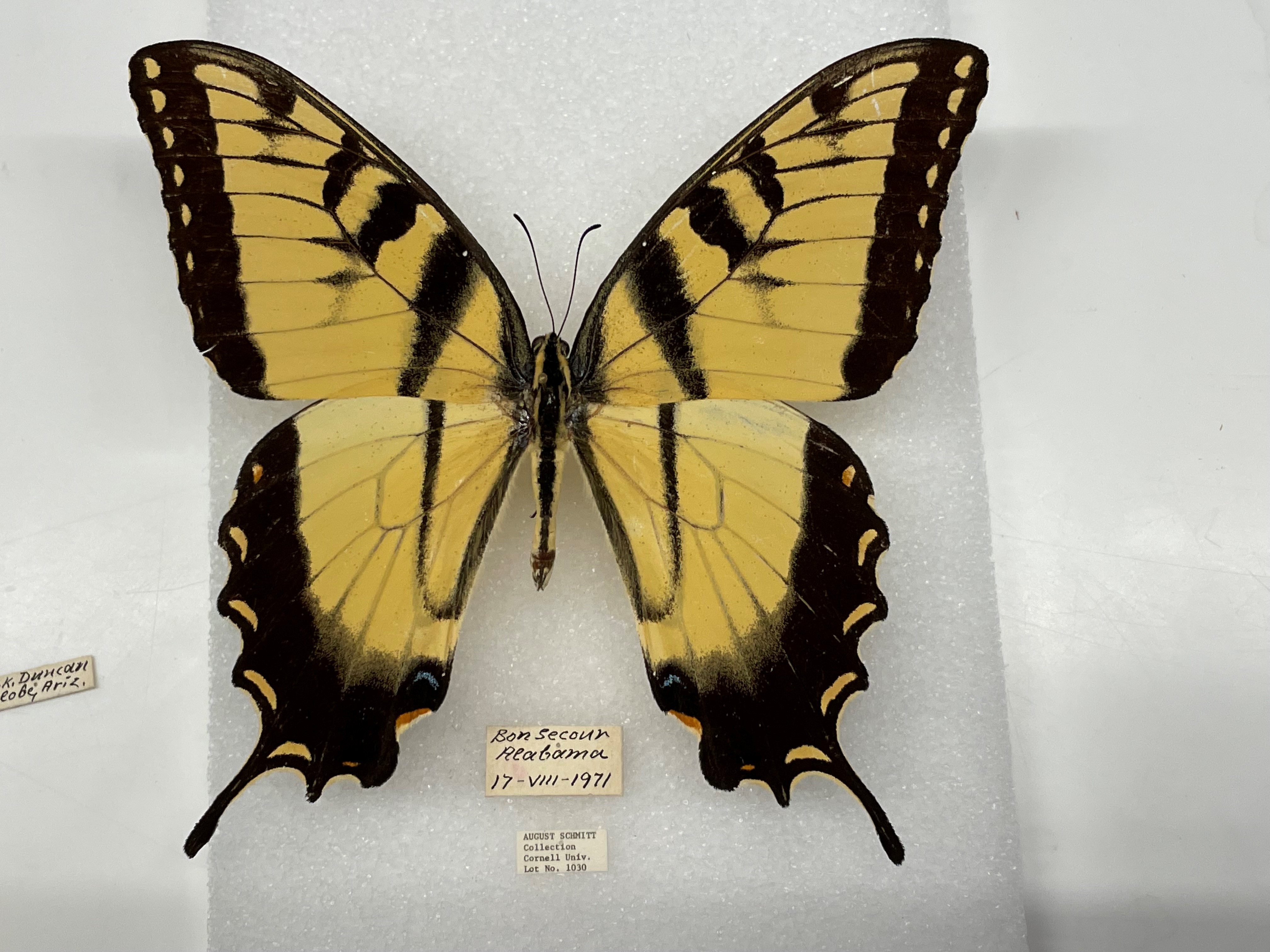I coined the "Line of Southern Aggression" for an odd boundary I found that is the northern most limit to many south eastern US species. Not just butterflies, I discovered- as I play with iNaturalist maps, I see that a vast quantity of moths, other insects, and plants also stop at this line.
Having not found anywhere this is documented, nor named, I coined it "Line of Southern Aggression" or sometimes "Northern Terminus of Southern Aggression" in honor of a Lepidopterist I greatly admire, Dr. Hyatt, who lives in The South.

It's the blue line. I did this in 2020, and subsequent to that, for some species the line has moved north, particularly by the eastern seaboard. Of course, different species (of whatever) vary here and there, but if you play with iNaturalist you'll see distribution maps that look like this over and over again.
It does map perhaps 70% to PARTS Scriber's Thermal Exclusion Zone, but it's sufficiently different enough (without going into great detail) that it should merit recognition on its own. It covers more area than Scriber's Zone, and frankly I don't always have an answer for why so many species just stop there (except it's cold.) Since somebody is going to ask, a number of said species' larval food plants do NOT stop there, so that doesn't fly.
















